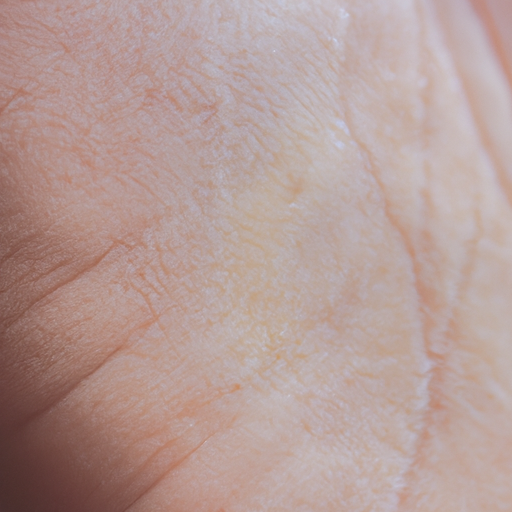As a medical professional, I am always on the lookout for innovative, non-invasive treatments that can enhance the health and appearance of my patients’ skin. One such treatment that has recently caught my attention is LED light therapy. This non-invasive, painless procedure has been gaining popularity in the dermatological field due to its potential to rejuvenate the skin, reduce inflammation, and even treat certain skin conditions. The beauty of this therapy lies not just in its results, but also in its simplicity and accessibility.
LED, or Light Emitting Diode therapy, uses varying wavelengths of light, including red and blue, to stimulate the skin’s natural healing processes. The red light is primarily used for anti-aging purposes as it stimulates collagen production, reducing fine lines and wrinkles and improving skin elasticity. On the other hand, blue light is used for its antibacterial properties, making it an effective treatment for acne.
The science behind LED light therapy is quite fascinating. Our skin has the ability to absorb light and use it as a source of energy to stimulate cellular regeneration. The LED lights penetrate deep into the skin, energizing cells and promoting faster growth. This leads to a plumping effect on the skin, which helps to minimize the appearance of fine lines and wrinkles.
One of the most significant advantages of LED light therapy is that it is suitable for all skin types and tones. It is a gentle, heat-free treatment that does not cause any burning or discomfort. Unlike other skin rejuvenation treatments such as chemical peels or laser resurfacing, LED light therapy does not involve any downtime. Patients can immediately return to their daily activities after a session.
Furthermore, LED light therapy is a safe procedure with minimal side effects. Some patients may experience slight redness or flushing after treatment, but this typically subsides within a few hours. It is also important to note that LED light therapy does not contain ultraviolet rays, so it does not cause long-term skin damage.
Clinical studies have shown promising results for LED light therapy. A study published in the Journal of Clinical and Aesthetic Dermatology found that participants who underwent LED light therapy showed significant improvement in skin complexion, texture, and collagen density. Another study published in the Journal of Cosmetic and Laser Therapy found that LED light therapy effectively reduced acne lesions.
In my practice, I have seen firsthand the transformative power of LED light therapy. Patients often report a noticeable improvement in their skin’s texture and tone after just a few sessions. They also appreciate the convenience and comfort of the treatment, which can easily be incorporated into their skincare routine.
In conclusion, LED light therapy is a powerful tool for skin rejuvenation. It harnesses the natural power of light to stimulate the skin’s healing processes, leading to healthier, more youthful-looking skin. As a doctor, I am excited about the potential of this innovative treatment and look forward to continuing to offer it to my patients.
While LED light therapy is a safe and effective treatment for many people, it is always important to consult with a healthcare professional before starting any new skincare treatment. This will ensure that the treatment is suitable for your specific skin type and condition, and that you can achieve the best possible results.



